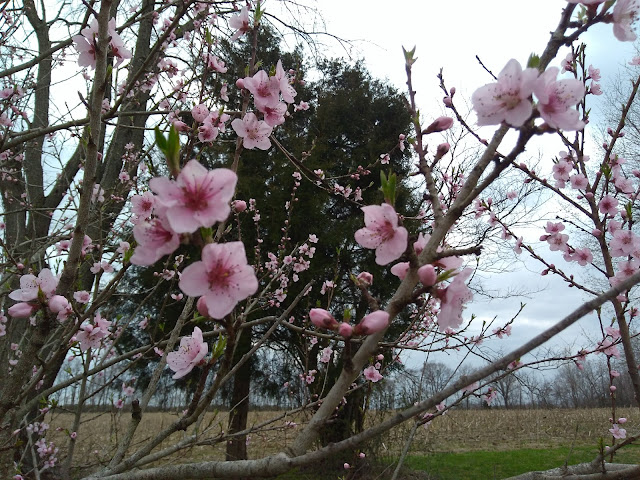Anatomy Co-op Activities, Part I
 |
| Ben sports his "Guts" t-shirt |
 Along
with Book Club, art, and short oral presentations, our co-op this past year
also included a twice monthly science class. All the families read
through Apologia's Exploring Creation with Human Anatomy and Physiology
at home, and then the we explored the topics further with activities.
Because of the structure of our co-op, we generally had one class
session for each book, with a bit of wiggle room built in for review or
other activities.
Along
with Book Club, art, and short oral presentations, our co-op this past year
also included a twice monthly science class. All the families read
through Apologia's Exploring Creation with Human Anatomy and Physiology
at home, and then the we explored the topics further with activities.
Because of the structure of our co-op, we generally had one class
session for each book, with a bit of wiggle room built in for review or
other activities.Here are some highlights of my favorite co-ops.
Anatomy T-shirts: We ordered "Guts" t-shirts with anatomy parts in black outline from Science Wear for $5/shirt plus shipping. The company was great, working with us to make shirts in smaller sizes than they ordinarily do. You can find good instructions on the website, too, plus other fun science shirts to paint. There is a minimum order of 12 shirts.
Lesson 1: Introduction: Cells to Systems
We began by having the children in pairs list as many body parts as they could. Then we talked about the difference between cells, tissue, organs, and systems, and I made four boxes with these labels. I gave the kids cards with words (ex. brain, spinal cord, nerves) and they had to decide which box(es) the label fit.
Then we talked about some major organs in the body and the children put stickers with these labels on their own selves. First I let them guess where the organs were, and then they used resources (books, posters, an anatomy apron, etc.) to make corrections.
Finally, we dramatized the working of cell organelles.
We decided to pretend the walls of the room our cell membrane, though we talked about how human cells are not rigid or squarish like plant cells often are. The purpose of the cell membrane is to be a gatekeeper, so we stationed a mom at the door to symbolize this. I passed out name tags which had different organelle names on them. As I did, we talked about the function of that part and how we would dramatize it. It looked something like this:
Cell Dramatization
mitochondria = power houses of the cell. Student would "make muscles" with arms
E.R. = "delivery trucks + garbage collector"; student picks up chemicals (Duplos) from golgi bodies and delivers; picks up wastes
lysosomes = "policemen"; destroy invaders (bacteria) and break apart tired, worn-out organells and send out the cell wall. Also break down chemicals the cell membrane takes inside
golgi bodies = "grocery stores" (with delivery service); keeps a supply of chemicals (protein and fats)
centrioles = "mothers" - help cells reproduce; give scrap paper to draw more cells
nucleus = "government"; big round ball near center. Has thick nuclear membrane. I assigned 3 students to make the nucleus by holding hands
nucleolus = makes ribosomes (wooden blocks) and send some to E.R.
bacteria = invader! - lysosome will capture and destroy
cytoplasm = jelly-like substance = background (not a child)
Once everyone was in place, they went about their jobs. A bit chaotic, but instructive!
Lesson 6: Respiratory System
My favorite activity this time was a Respiration Game.
The function of the respiratory system is to supply red blood cells with oxygen which they can deliver to the rest of the body, and to collect and exhale the carbon dioxide and other wastes. I wanted the kids to demonstrate what goes on, so I designated one child as the left lung, another as the right lung, and three to be red blood cells. The remaining children were various organs (brain, stomach, hamstring muscle, and an eye, if I remember correctly.) I arranged the kids roughly where they would be if they were parts of an enormous body.
For the O2/ CO2 exchange, we used milk jug lids. Blue for CO2 and pink for O2 .
The lungs started with 8 O2 disks each and the organs each had two blue CO2 disks. The Red Blood Cell kids then started at the lungs, picking up two O2 disks and then moving to the organs where they made exchanges of the oxygen for carbon dioxide. The lungs exhaled the CO2 by tossing the blue chips in the air.

Lesson 7: Blood
We did make the model of the blood as described in the text, but we used graduated cylinders to more accurately represent the proportions of each ingredient. The process we used was similar to this Plasma Soup.
Then we did a fun activity which more or less demonstrates how blood antigens interact. We made Type A blood with floor polish and Type B with vinegar. Type O was pure water. Though the directions have you dilute these ingredients, I found the coagulation worked much better with the straight chemicals. Very fun and instructive! (But the analogy falls down if you try to make AB blood.)
Human Anatomy and Physiology Co-op Activities, Part II



Comments
Not yet, though I am looking forward to it. We're in a family crisis right now and need to attend to basics.
~Anne